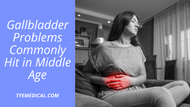Gallbladder Problems Commonly Hit in Middle Age
Written by TYE Medical on Jun 4th 2025
One of the major risk factors for gallstones and other gallbladder problems is being age 40 and older. Often noticeable symptoms begin in middle age or even later. A poorly functioning gallbladder can even affect your urination and bowel movements. One of the most common gallbladder problems is the production of gallstones. The gallbladder is a small sac-like organ situated between the liver and small intestine. It stores biles produced in the liver and contracts to release bile into the small intestine after you eat, helping the digestion process.
The gallbladder produces stones when a substance contained in bile, like cholesterol or bilirubin, becomes overly concentrated and hardened, forming into a stone. Usually, gallstones remain in the gallbladder without negative effects, but sometimes they block a cystic (bladder) duct, causing gallbladder spasms and inflammation, a condition known as cholecystitis. This is a very painful experience and also blocks the release of bile. Surgery is usually necessary once stones are blocking ducts and causing inflammation. Here is what you need to know about gallbladder problems, gallstones, causes, and symptoms.
What Causes Gallstones?
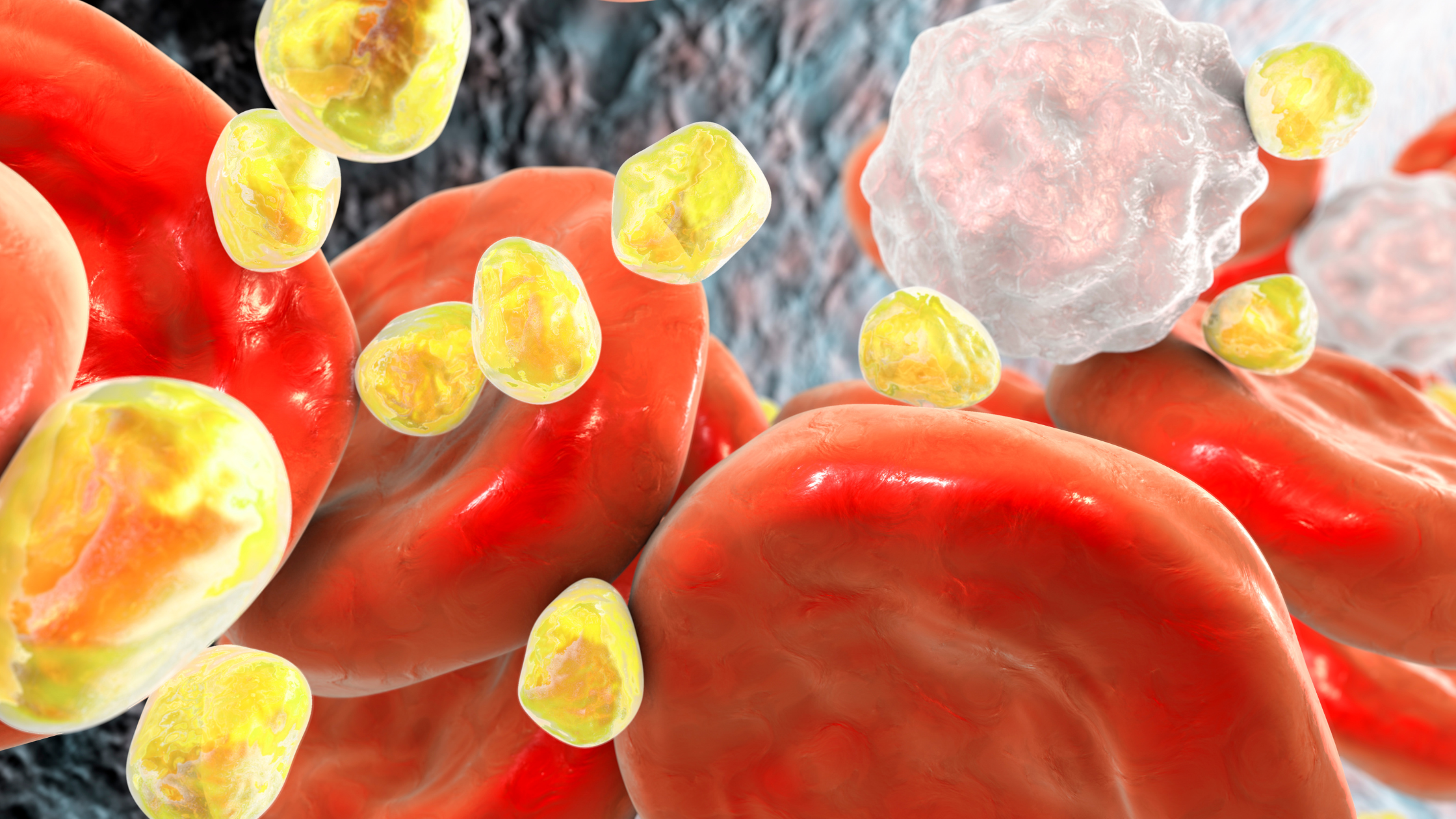
Causes vary between individuals and not all the factors leading to gallstones are known. However, known causes can include:
- Excess cholesterol in bile
- Excess bilirubin
- Improper emptying of the gallbladder (bile becomes concentrated)
When your gallbladder is malfunctioning the bile may become overly concentrated and begin to harden, forming stones. Your gallbladder might also form stones when bile contains too much cholesterol or bilirubin. A few stones usually don’t cause symptoms, but if enough stones accumulate, or if one lodges in a duct, you will experience pain and inflammation of the gallbladder that often requires medical attention at some point.
Excess cholesterol in the blood can make its way into bile, which diet has a significant impact on gallstone formation and gallbladder health. Diets high in saturated fats and cholesterol can, over time, contribute to gallstone formation and a malfunctioning gallbladder, which is one reason symptoms often appear in middle age.
What Are Gallstone Risk Factors?
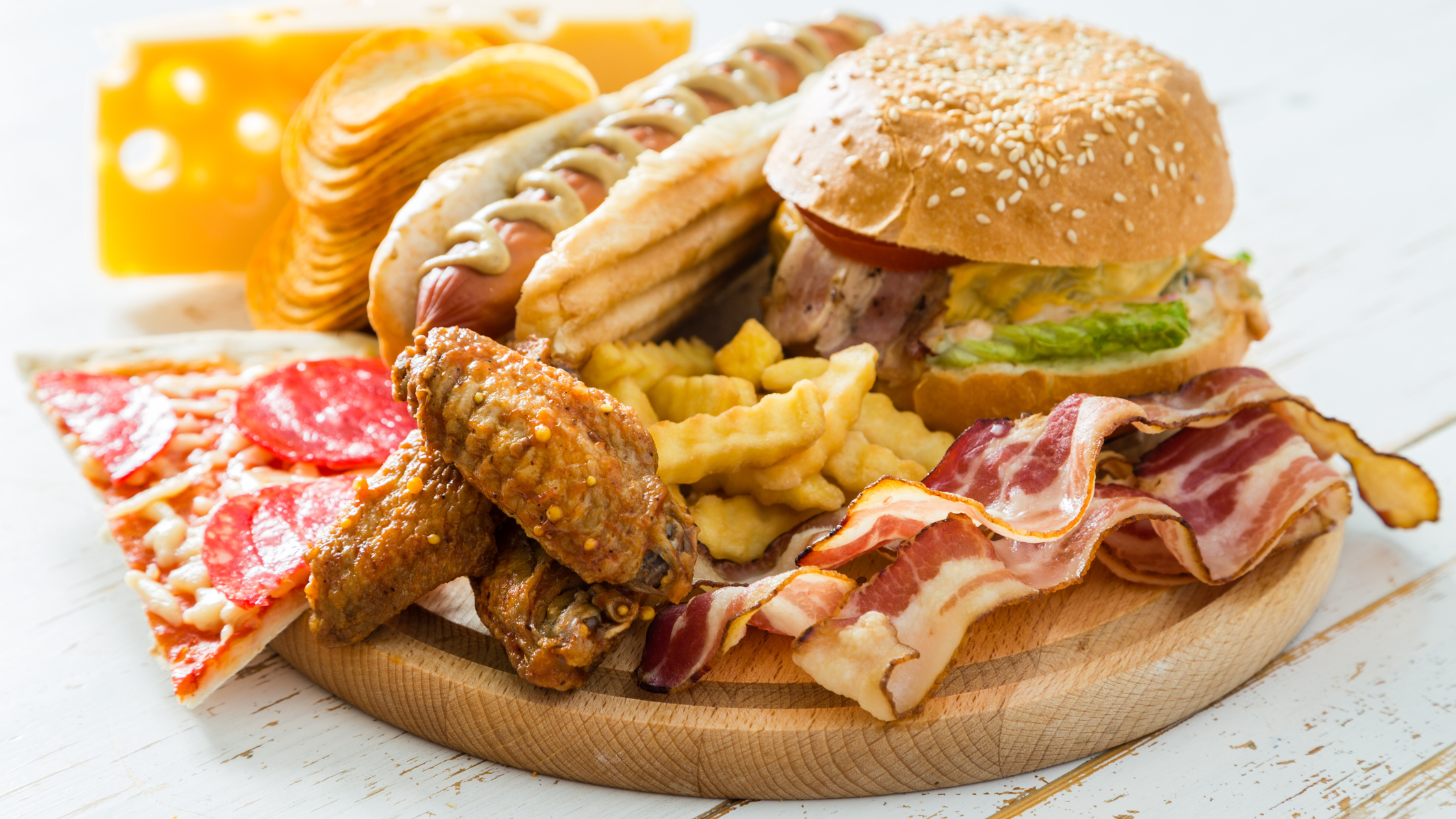
Besides being 40 and older, other risk factors for gallstone formation include:
- Having a family history of gallstones
- Eating saturated-fat or cholesterol-rich diet
- Eating a low-fiber diet
- Being female
- Being 40 or older
- Living a sedentary lifestyle
- Having diabetes
- Being overweight
- Having liver disease
- Being pregnant
- Experiencing rapid weight loss
- Taking birth control pills or estrogen-based hormone replacement
What Are Gallstone Symptoms?
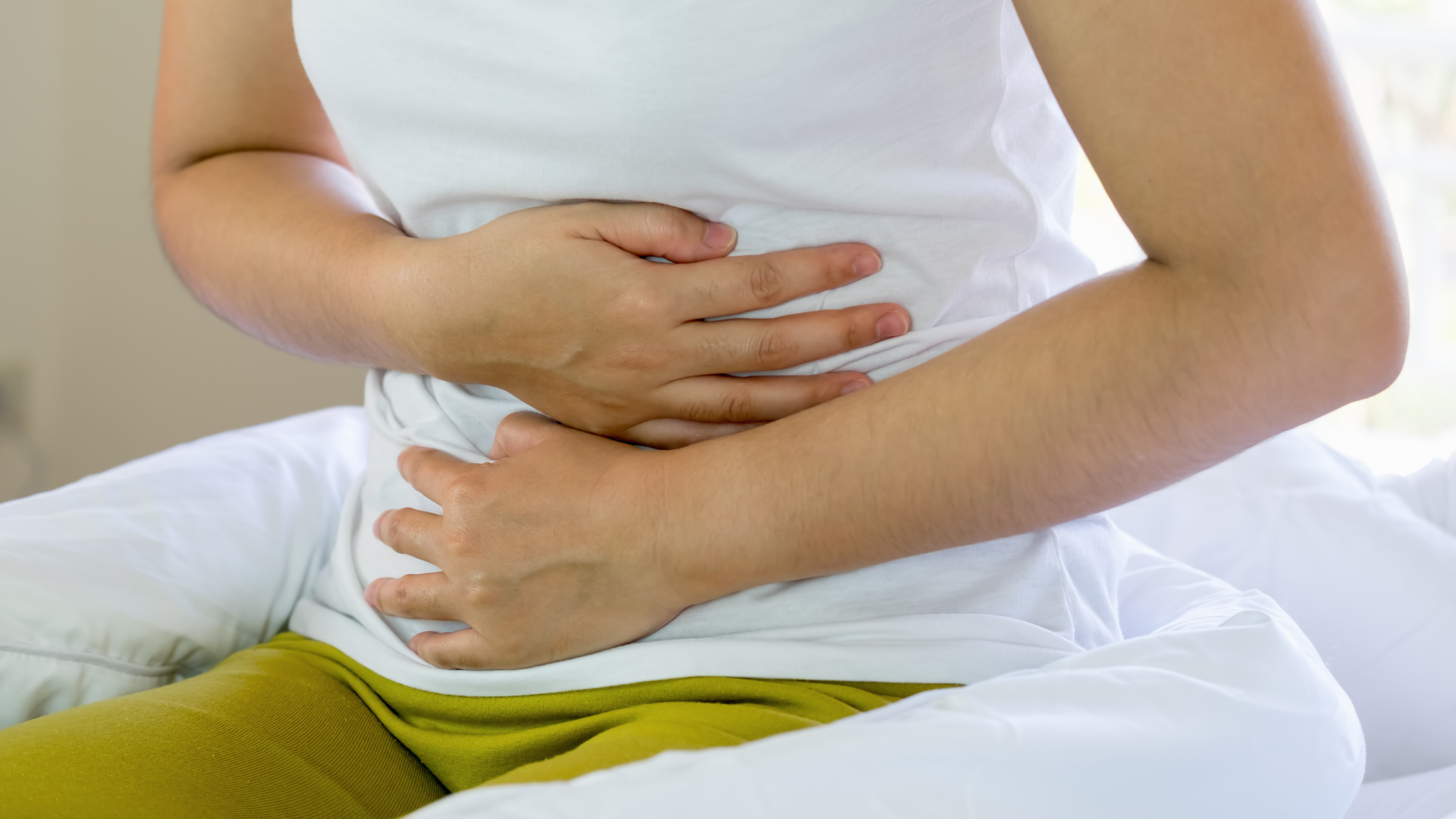
Many people don’t experience any symptoms when gallstones are present. Typically, when this is the case, they are discovered during testing or screening for another health issue. Eventually, gallstone may begin causing symptoms that gain attention, usually indicating an inflamed gallbladder which is known as cholecystitis. An inflamed gallbladder may cause the following:
- Abdominal pain, (upper right or center)
- Back pain, (specifically between shoulder blades)
- Fever and chills
- Nausea or vomiting
- Indigestion, gas, bloating
- Jaundice (yellowing skin and eye whites)
- Clay-colored stools and/or dark urine
- Pain after eating a heavy or fatty meal
If you have any of these symptoms, it’s important that you see your doctor to either rule out gallstone or begin treatment.
Although rare, gallstones can indicate gallbladder cancer, which means you don’t want to put off further investigation. It is best to act soon.
Diagnosing Gallstones
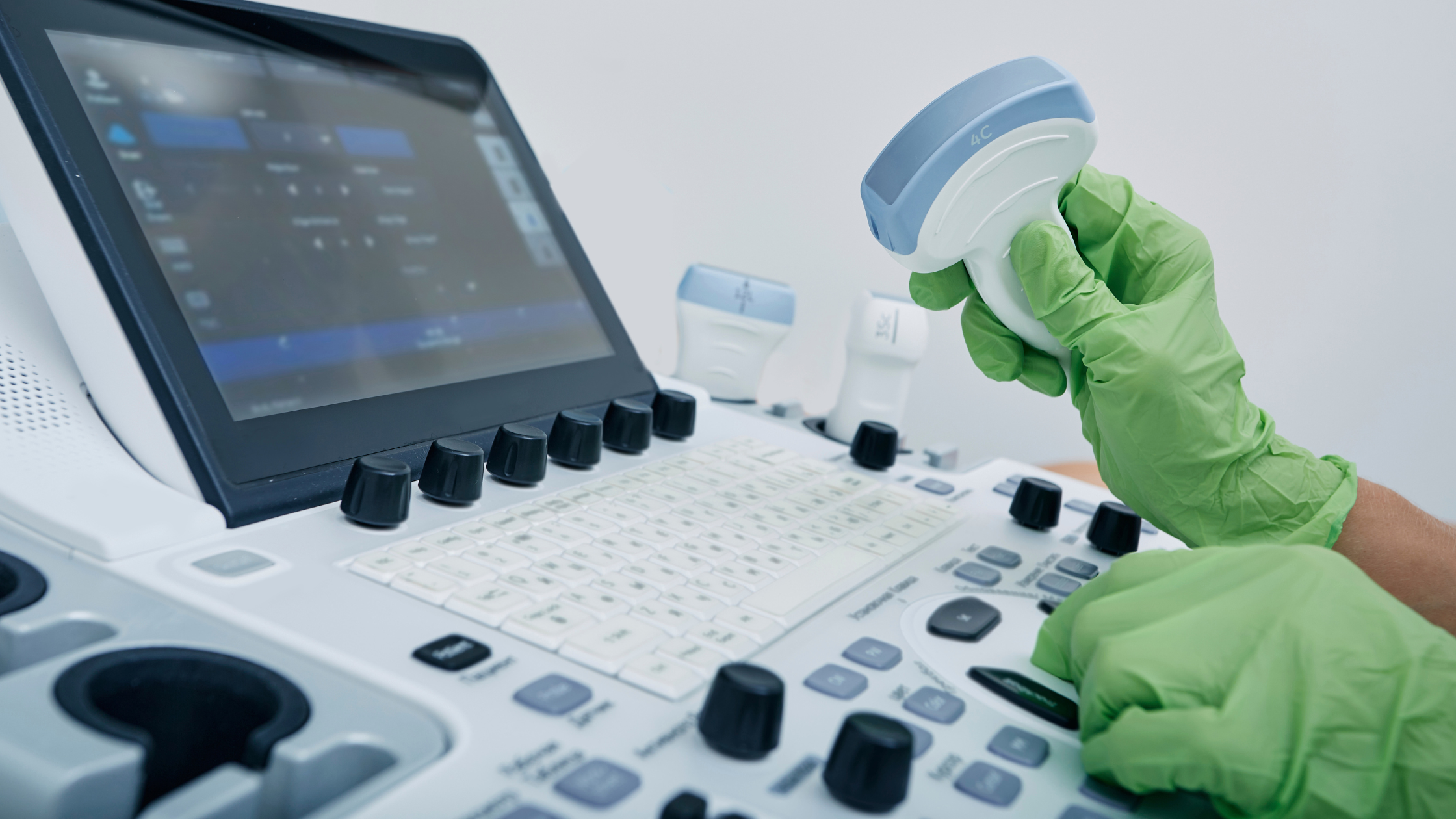
Your doctor will order imaging tests based upon your symptoms. Imaging options include:
- Ultrasound (uses sound waves)
- CT scan (uses radiation)
- MRI (magnetic fields and radio waves)
Initial imaging is usually an ultrasound but your doctor may choose an additional test if the ultrasound is not clear.
Another imaging option, known as HIDA (hepatobiliary iminodiacetic acid) scan, although less common, gives a more detailed picture of how your gallbladder is functioning. A HIDA scan involves injecting a small dose of a harmless radioactive substance into your arm. As the substance travels through your bloodstream to the liver, gallbladder, bile ducts, and small intestine, a gamma camera takes pictures your doctor can use to further diagnose the issue.
How Are Gallstones Treated?
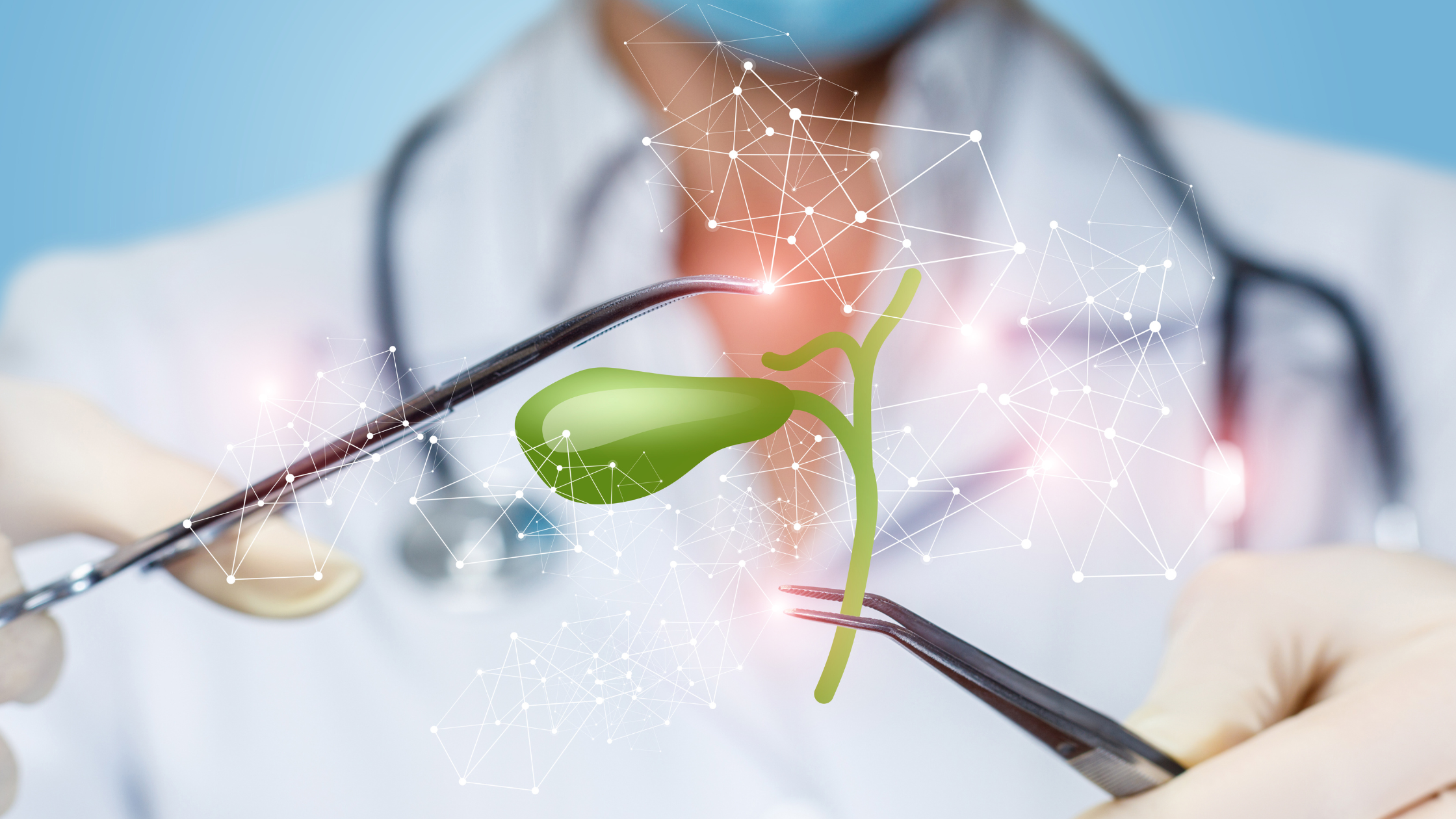
Medication
By the time gallstone becomes problematic, surgery is usually required. However, if this isn’t a viable option due to other health conditions or for some other reason, then your doctor may try medication. Oral salt therapy can help break down smaller gallstones to help alleviate pain and other symptoms. If possible, surgery is still preferred, because it can take months or even years for this medication to diminish gallstones. Sometimes it does not work at all. And once you stop taking the oral medication, the gallstones can return.
Surgery
When symptoms become too severe or frequent, your doctor may recommend surgery to remove your gallbladder. Removing a malfunctioning gallbladder allows bile to flow directly from your liver into your small intestines. Initially, this might cause diarrhea or other digestive symptoms, but this usually regulates once your body adjusts to the new process.
Today, gallbladder removal surgery is well advanced and considered to be a minimally invasive surgery. Laparoscopic technology allows surgeons to perform the operation using robotics that requires only tiny incisions without any overnight stay in the hospital. Most patients recover in just a few days and may return to work depending on the physical nature of their job.
Digestive Health in Mid-Life
When you reach your forties, it’s wise to be conscious of your digestive health. Your digestive system may begin to show some weakness after years of regular use and, depending on your lifestyle, abuse. Not all gallbladder problems are diet related and can be attributed to family history and genetics. Nonetheless, it’s wise to choose foods carefully, reducing saturated fat and cholesterol intake and avoiding overly processed foods. It’s also important to stay active, as this can also reduce the likelihood of developing gallstones. For more information about maintaining gut health, read our article, “How Gut Health Dramatically Impacts Your Life (and Tips for Keeping It Balanced)”.


